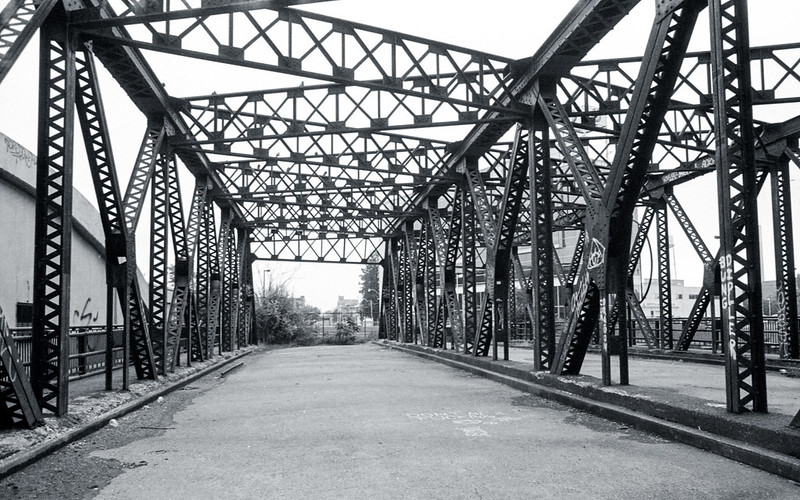Nice images, Brett. The standouts for me are the one of Maisy and of the cathedral.
What do you think of the 58mm 1.4 lens? I have one, but I have hardly used it. It has a six-element design rather than the usual seven for a 1.4. I have a couple of Rokkor normal lenses that would be sharper, but I need to explore the rendering of this one. The images posted here that you took with that lens look good on the computer screen.
- Murray
Thanks Murray. I have two copies of the MC 58mm f/1.4, both spotted at local tip shops and acquired cheaply. I have had some good luck with Minolta gear occasionally from these places but decent stuff is harder to find now. I had a 58mm on each of my 101s for a while, and then some months back I scored an XD-7 with MD 50mm f/1.4 for $20, so I need to do some back to back shots with each lens, I think. I haven't owned too many f/1.4 lenses, so you'll have to take my comments in that context. But my impressions of it are, firstly, that in the MC version, at least, it's a well made and solid optic with metal focus and aperture rings. I like that. The MD 50mm f/2, for instance, is said to be a very well corrected lens that's suitable for Eg. architecture, but too much plastic! I stripped down one with some issues that had turned up in a box of bits, and was very unimpressed. I've also taken a 58mm MC f/1.4 down to clean aperture blades, and it's altogether a much more robust thing. I'd go so far as to say that, superior MD coatings notwithstanding, generally, I think I'd take MC over MD, just on the basis of solidity.
It seems to be a typical 58mm f/1.4, optically, as far as I can tell. Which is to say sharpness wide open is not up to the standards of some slower lenses, but is still not too bad (naturally it improves substantially as it is stopped down). The images of Maisy and of Elizabeth St were both made wide open, or nearly, as I recall. As was the one of Sydney's Central Station: at one second, hand held. (I pressed the camera firmly against an adjacent fence, set the self timer and tried to stay still as the shutter tripped.) The train station image isn't a bad one to take a look at, because, with no tripod and not much light on Delta 100, I could only focus mid way into the scene, for whatever depth of field I could get (we'd been out all day long in crowds at the Royal Easter Show, definitely not tripod territory, and I took the shot as we got off the train back to the hotel). You can see on the right of the shot the sign with "6" is reasonably sharp and about the focus point. The rolling stock on the left provides an equivalent point as well as some hard lines to inspect fore and aft of the focus point. It was only scanned with a V700 (3200ppi, 16 bit, tiff, resized down to web size with bicubic sharpen in CS6, as is the case with most or all of these, it's my normal workflow). You can compare this shot against the one of Maisy, also wide open but obviously focused at a much shorter distance, (on her eye, as I recall) in terms of out of focus rendition.
I must be happy with them, because I have a few other lenses, Eg. the MD 50mm f/1.4, and a 50mm f/1.7 or two, as well, but the 58s usually stay on the cameras, and I seem to keep liking the images they produce. They've crept up in price a little in the last couple of years (or more than a little if you're in Australia). The mirrorless adapter effect, perhaps? But in the USA they'd still be super affordable. You've already got one, but I'd encourage anyone who'd like to try one to give one a go, at least, unless they stumble on a bargain f/1.2, one I'd really love to try myself but which is no longer a dirt cheap lens Down Under.
I'll see if I have any other images made with it closed down a bit: if so, I'll add them.
Cheers
Brett
🙂



















